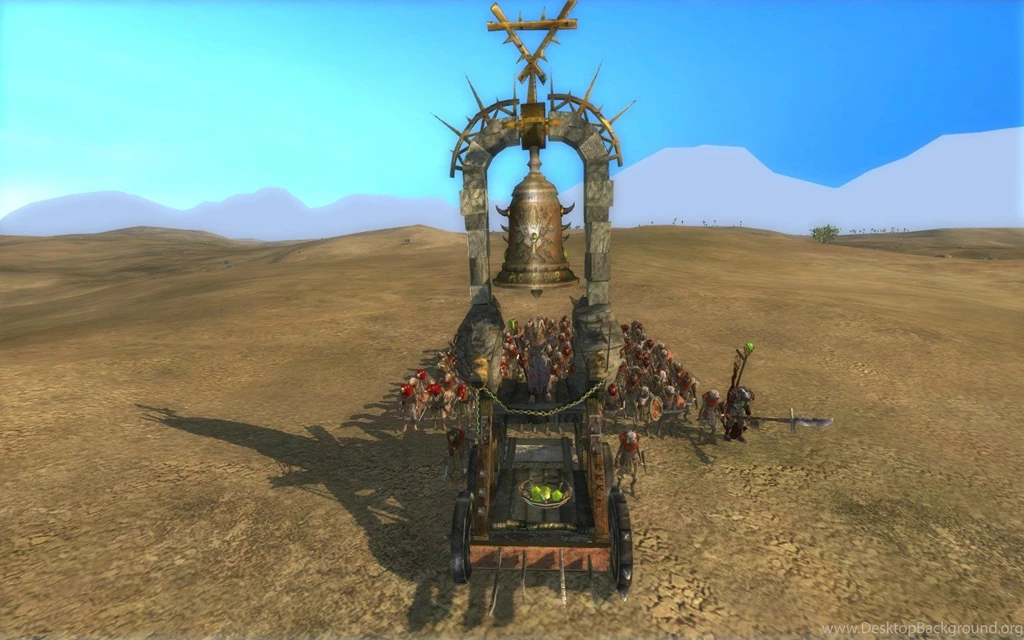

The stories shift narrative modes from tale to tale. By bringing these mythic figures into more modern trappings, they become more believable and easier to accept their flaws and foibles also become much more pronounced. This visual approach to storytelling allows Nilsen to not only highlight the humanity within tales of ancient myth, but he is also able to touch upon some of its inherent ridiculousness. This is where the essence of the book’s narrative lies comics excel at simplifying the visually complex, evoking iconic meaning and symbolism using images, and the criteria of gods and myth are ones well-suited to such evocation. Some of the silhouettes are abstract, though most are unmistakably concrete. While this allows the reader to look at many images at once, the book itself is, when fully unfurled, like an object that exists at the nexus of an art gallery and a ruined wall or scroll inscribed with ancient glyphs. The entire book unfurls like an accordion, each fold showing a single silhouetted image captioned with a piece of story. More than the content, however, the form is what delivers Rage of Poseidon into noteworthiness. Now, Anders Nilsen uses the gods-among-us approach to raise questions about humanity and its existence in Rage of Poseidon, rethinking ancient myths for the modern era.Ī collection of short, mythical tales retold in a contemporary setting, Rage of Poseidon follows classic Greek and Roman gods and Judeo-Christian icons as they explore questions about the mundanity and tragedy surrounding human life, usually by acting like typical, confused, vindictive, sensitive, and/or self-destructive humans who happen to be immortal. Even Thor from Marvel Comics brushes upon some of the same ideas, albeit very occasionally and with the earnest, hyperbolic, and lighthearted flavor that can only come from superhero comics of the early 1960s. Eddie Campbell’s Bacchus follows the eponymous Greek god in a contemporary setting.


Combining and contrasting the mundanity and tragedy of human existence with the divinity and cruelty of mythical gods is not an altogether new idea in comics, much less in literature.


 0 kommentar(er)
0 kommentar(er)
